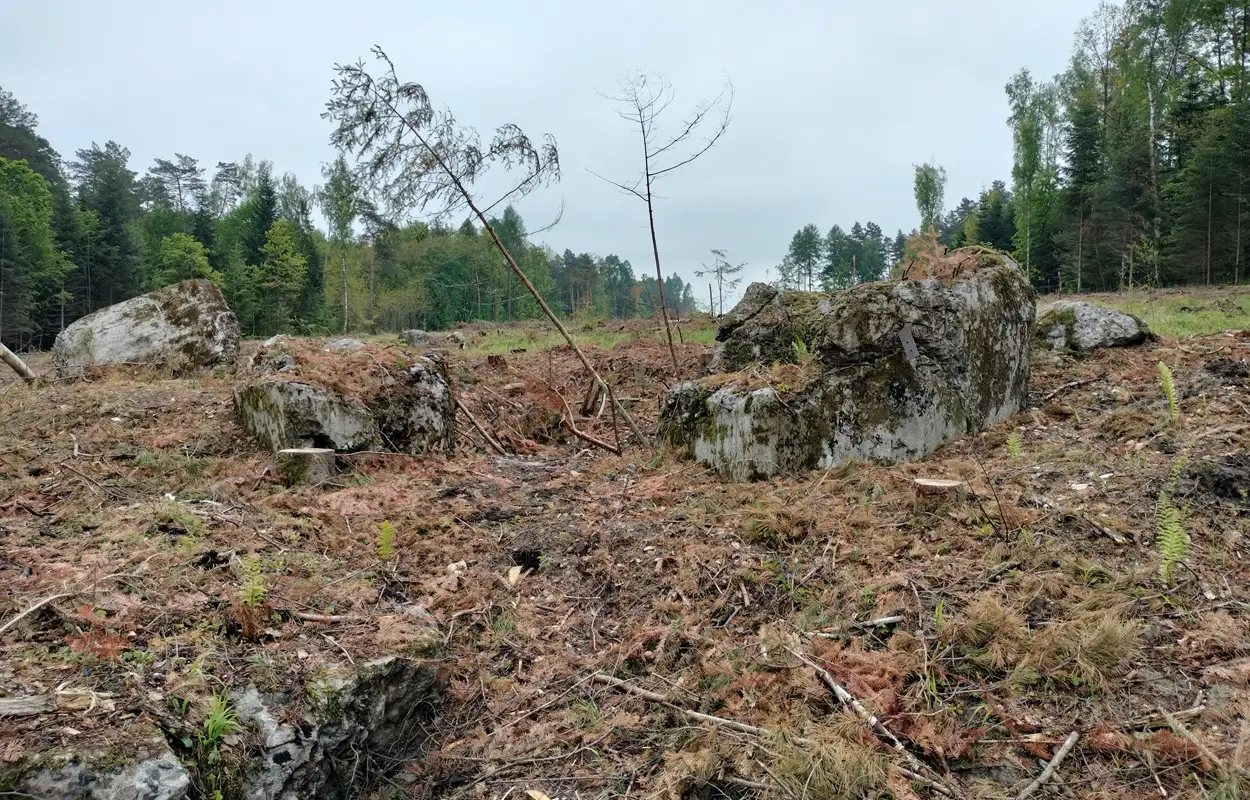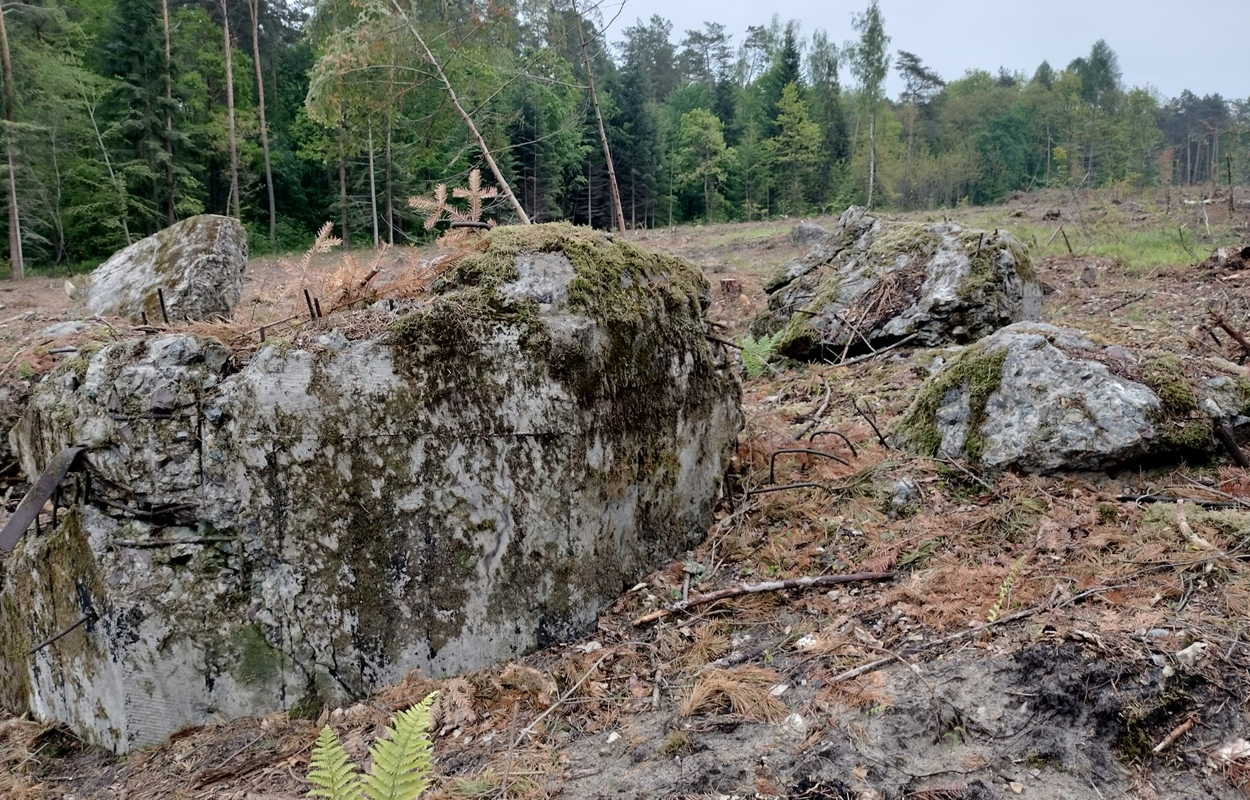A WWII bunker has been discovered during forest clearance works for the S17 Piaski–Hrebenne expressway in eastern Poland.
A previous LiDAR survey of the area had revealed traces of World War II-era field fortifications, such as trenches and dugouts, but the study gave no indication of a hidden bunker lying beneath the dense forest and undergrowth near the village of Bełżec in Tomaszów Lubelski County.
According to experts, the bunker is part of the Molotov Line in the Rawa Ruska fortified region, a system of border fortifications constructed between 1940–1941 that stretched from the Baltic Sea to the Carpathian Mountains.
By the time Germany launched Operation Barbarossa in 1941 and invaded the Soviet Union, much of the Molotov Line remained incomplete and offered little resistance to the advancing Axis forces.

The attack opened the Eastern Front and became the largest and costliest military offensive in history. The campaign initially saw rapid German advances and devastating losses for the Soviets. However, the sheer size of the Soviet territory, logistical challenges, fierce resistance, and the harsh winter eventually stalled the German offensive.
The bunker measures approximately 5.5 metres square and is positioned on a strategic hilltop that provided a clear vantage point for targeting enemy movement of the Bełżec–Lubycza Królewska route. It served as a one-room defensive shelter for an anti-tank gun, specifically a 45 mm M1937 (53-K) fixed to a concrete platform.
Largely destroyed by an explosion, it is likely that the damage to the bunker was caused by retreating Soviet forces or a post-war demolition team. Only the frontage with the firing embrasure remains intact, with the roof now displaced, and significant damage inflicted to the side and rear walls.
Header Image Credit : Lublin Voivodeship Conservator of Monuments
Sources : Lublin Voivodeship Conservator of Monuments







